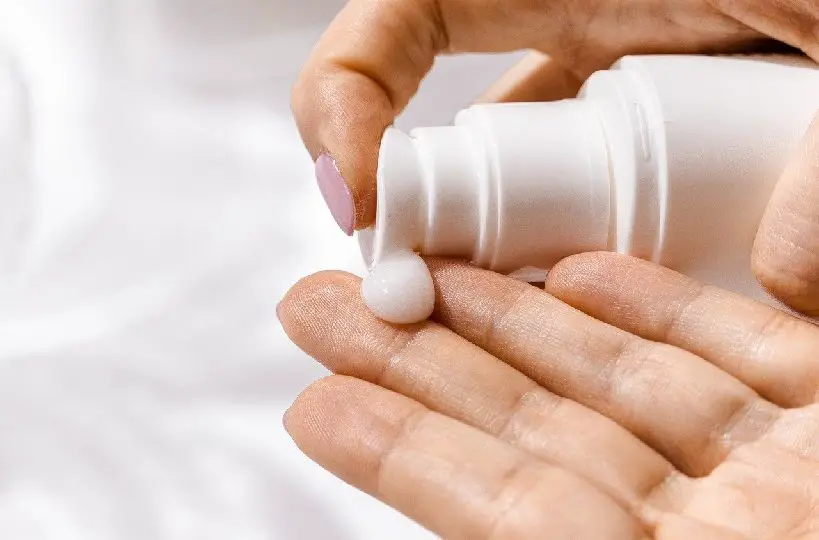How often do you apply sunscreen?
Do you even use sunscreen?
I haven’t used it consistently because I have sensitive, acne-prone skin that can’t stand most ingredients in cosmetics. But, I recently started a thorough skincare routine that incorporates all skincare essentials, from a facial cleanser to sunscreen.
Before we discuss how to choose the right sunscreen, here are some facts I discovered in my search for sunscreen for acne-prone skin.
Why Do You Need Sunscreen Every Day?
The sun’s radiation reaches your skin as UVA and UVB rays. The ozone layer, the one supposed to reduce the intensity of radiation reaching Earth, doesn’t absorb UVA rays. Therefore, our skin bears the effect of these rays, and that’s how our skin ages prematurely.
Then we have the UVB rays that cause a more severe effect on our skin. Unlike the UVA rays, the ozone layer absorbs UVB rays partially, leaving our skin to handle the rest. That’s how we get sunburns. If you have fair skin, these rays will probably affect you faster than someone with darker skin. Hello melanated people!
What’s in Sunscreen?
Sunscreens have either physical or chemical ingredients.
Physical Ingredients (mineral or inorganic ingredients)
They cover the skin’s surface to block the sun’s rays.
Physical ingredients take care of both UVA and UVB. If your sunscreen has titanium dioxide and zinc oxide, you have protection from UVA and UVB. Titanium dioxide protects you from UVB extensively but absorbs UVA rays to a large extent. On the other hand, sunscreen with zinc oxide gives you extensive protection from both UVA and UVB rays.
Pros of Mineral Ingredients
- Maximum protection from both UVA and UVB rays
- Work as soon as you apply sunscreen
Cons
- A terrible white cast on our dark skin
- Too heavy for acne-prone and oily skin
- Some sunscreens have considerable but not excellent protection from UVA rays.
Chemical Ingredients (organic ingredients)
These absorb the rays, convert them into energy, and release them from your body (as heat).
Unfortunately, the top chemical ingredients like avobenzone, oxybenzone, and sulisobenzone don’t offer broad-spectrum protection. On top of that, the U.S Food and Drug Administration (FDA) lists these three particular chemical ingredients as having insufficient data for use in sunscreens.
Pros of Chemical Ingredients
- They don’t wash off easily
- No white cast
Cons
- Take longer before they start working
- Reach out for your bottle or tube of sunscreen to know if you’re using chemical or physical ingredients.
Let’s turn to:
What Ingredients Should You Avoid in Sunscreens?
We have different skins, so what works for you may be itchy on someone else. But, beyond the common skin allergies, some ingredients may cause severe symptoms like stinging and swelling.
Avobenzone and ecamsule aren’t the best options when spending hours in the sun, for instance, when you’re on the beach. Why? You’ll have limited protection from UVB rays; consequently, you might burn your skin.
Further, aminobenzoic acid and trolamine salicylate aren’t safe on the skin.
How to Choose The Right Sunscreen For Oily, Acne-prone, or Sensitive Skin
Look for sunscreens labelled oil-free, fragrance-free, and non-comedogenic. They should also be lightweight formulations. Try sunscreens with physical ingredients like titanium dioxide and zinc oxide because they are tolerable.
For acne-prone skin, you should use your acne treatment together with sunscreen. The Skin Cancer Foundation suggests applying the acne treatment first to protect your skin from any ingredient that may cause pimples. On top of that, you only need a layer, not several, of sunscreen.
FAQs about Sunscreen
How Do I Choose the Right Sunscreen?
It should have an SPF of 50 or higher. If you get one with an SPF30, it’s okay but not great. Further, go for a brand that offers broad-spectrum protection so it can absorb both UVA and UVB rays. Thirdly, it should be water-resistant to give you up to 80 minutes of sun protection if you go for a swim or splash your face with water to cool down when it’s not in Nairobi or elsewhere.
Reapply sunscreen every two hours when you’re out swimming.
Which is Better, SPF 30 or 50?
SPF 30 is better than SPF 15 because it gives you about 97% sun protection. But, you can make it 98% by getting sunscreen with SPF 50. SPF 15 won’t do in our climate.
How Do I Apply Sunscreen?
- Do it about 20 minutes before you leave the house.
- Apply it to your face, except your eyes. Don’t forget your ears, hands, your neck, and hairline.
Cheers to no sunburns from today!










